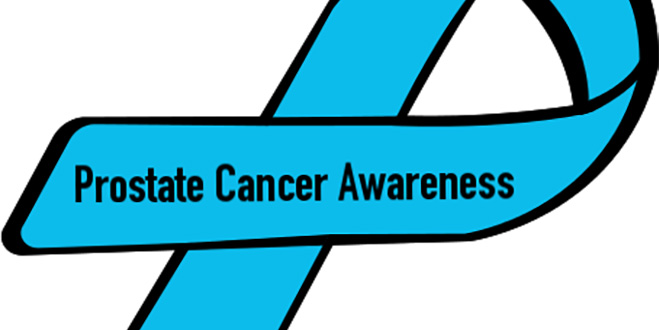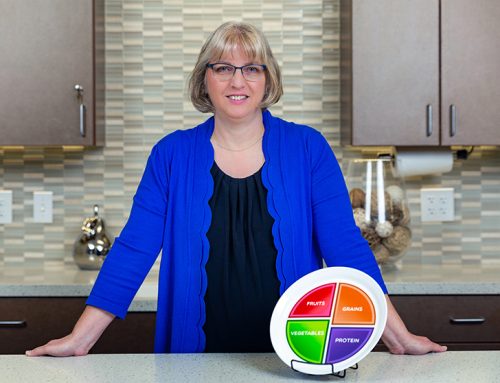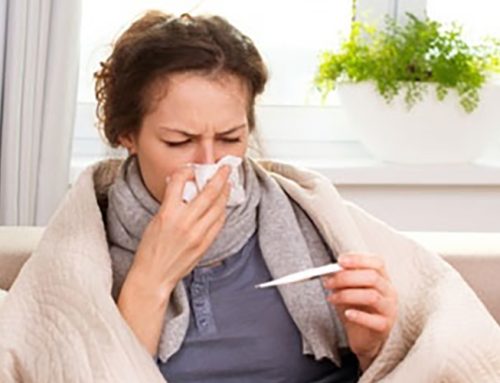By Dr. Al Borhan, Affiliated Urologists
Cup of coffee anyone?
Regular, decaf, whatever — it’s good for more than just waking us up in the morning and giving us a reason to visit our favorite coffee shop. It can do wonders for our health too.
According to a Harvard study, men are less likely to develop advanced prostate cancer when they drink six or more cups of coffee a day.
While this alone is no miracle solution and six cups of ‘joe” may have other side effects, there is good news. Most prostate cancer, if detected early, is completely treatable. Therefore, it is critical that men take every chance to get educated about the disease.
So, what should you know?
Prostate cancer can affect anyone of any age but historically older men are more frequently diagnosed. But that’s not to say that younger men shouldn’t be made aware of the disease and how to be proactive about prostate protection.
Prostate cancer is a disease of the prostate, a walnut-size gland in men that surrounds the urethra (the urinary tube). Its focus is to assist the male reproductive system, and hormones fuel its growth. Over time, a prostate gland cell can generate abnormal cells. If those cells continue to grow they can negatively impact healthy tissue and leads to a cancer diagnosis.
Diagnosis and Treatment
Without a doubt, all men 50 years of age and older should have an annual exam by their doctors. And if you have a family history of prostate cancer, that screening should take place even earlier — at the age of 40. If not offered, men should request information about this test and insist on having a PSA evaluation.
If an exam comes back positive and a diagnosis is made, there are a variety of options for treatment. When deciding what treatment is best for you, your doctors will consider:
• the type and size of the cancer
• what grade it is
• your general health
• whether the cancer has spread to other parts of your body
Many men find it very stressful to have to choose between treatment options, and are very fearful they will choose the “wrong” one. In many cases, there is no single best option. So, it’s recommended to meet with a qualified physician to decide which form of treatment will be best.
These options include:
• Active surveillance — this option may be best for those in very early stages or with very slow growing cancer.
• Radical prostatectomy — also known as androgen-deprivation therapy (ADT) involves removing the prostate gland, some surrounding tissue and a few lymph nodes.
• Radiation therapy — either external beam radiation or radioactive tumor seeding (brachytherapy)
• Hormone therapy — the use of hormones to slow or halt the growth of cancer cells
• Chemotherapy — the use of chemicals to slow or kill the tumor cells.
Truth is, even if you’re not feeling any outright symptoms your prostate could be harboring cancer. Men — pay attention to the health of your prostate with regular testing, early detection and knowledge of the wide variety of treatment options. Beginning a regimen to protect the prostate can relieve any existing symptoms or stop them from developing in the first place. It’s time for men to start paying as much attention to their bodies as they do their cars and pets.






